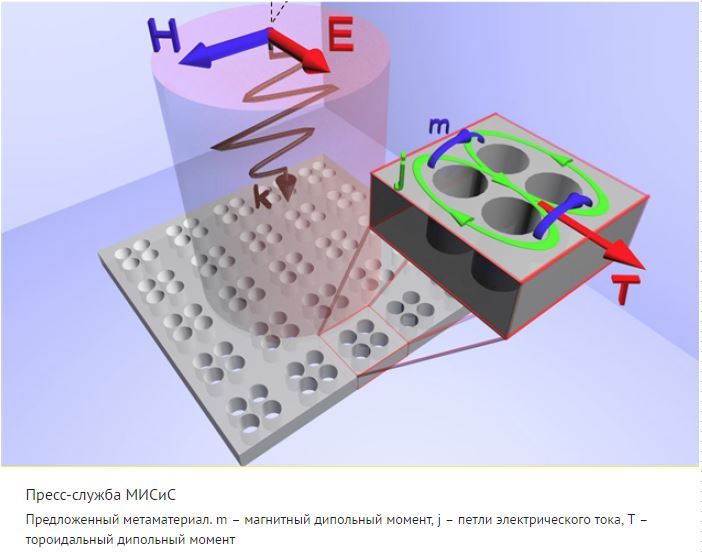Created a new metamaterial for solar panels
Russian scientists from NITU “MISIS” have developed a metamaterial dielectric, which can be used to create nanooptic devices and solar panels. The development paper is published in the journal Laser’Photonics Reviews.
Compared to metal metamaterials, dielectrics are more promising, as they are not heated by electromagnetic radiation, which minimizes the dispersal of energy. In addition, all materials of this type can be scaled in the optical range and control their resonance.
Scientists from MISIS in their work investigated the anapol – an indethusing dispersor through which electromagnetic radiation can pass unhindered. Earlier, together with colleagues from Crete, they found that anapol is the perfect resonator. When exposed from the outside, it retains all the energy received inside, electromagnetic vibrations at the same time fade extremely slowly.
The work of scientists demonstrates a new promising direction in the development of metamaterials. Previously, to create dielectric metamaterials it was necessary to produce complex dielectric (spherical or cylindrical) nanoparticles or to spray on the basis of various nanoparticles. In their work, the scientists showed that metamaterials can be made by punching holes in thin film silicon or other dielectric. One of the easiest ways is to use a FIB beam, a focused ion beam that allows you to create holes up to 5 nm.

“In the theoretical part of the study, we were able to show that in the optical range of frequencies it will be possible to excite a special anatpolic state, which is promising for a strong localization of electromagnetic fields, as well as sensors. In addition, we have found that such metamaterial can be transparent for electromagnetic waves, that in real experiments with silicon should show the obviousness of our methodology and significantly increase the transparency of silicon plates, for example, for use in solar panels,” says project manager Alexei Basharin.
The developed metamaterial is proposed to be used in silicon nanooptics and solar panels. Work on the pilot part of the study is ongoing.S
ource indicator.ru